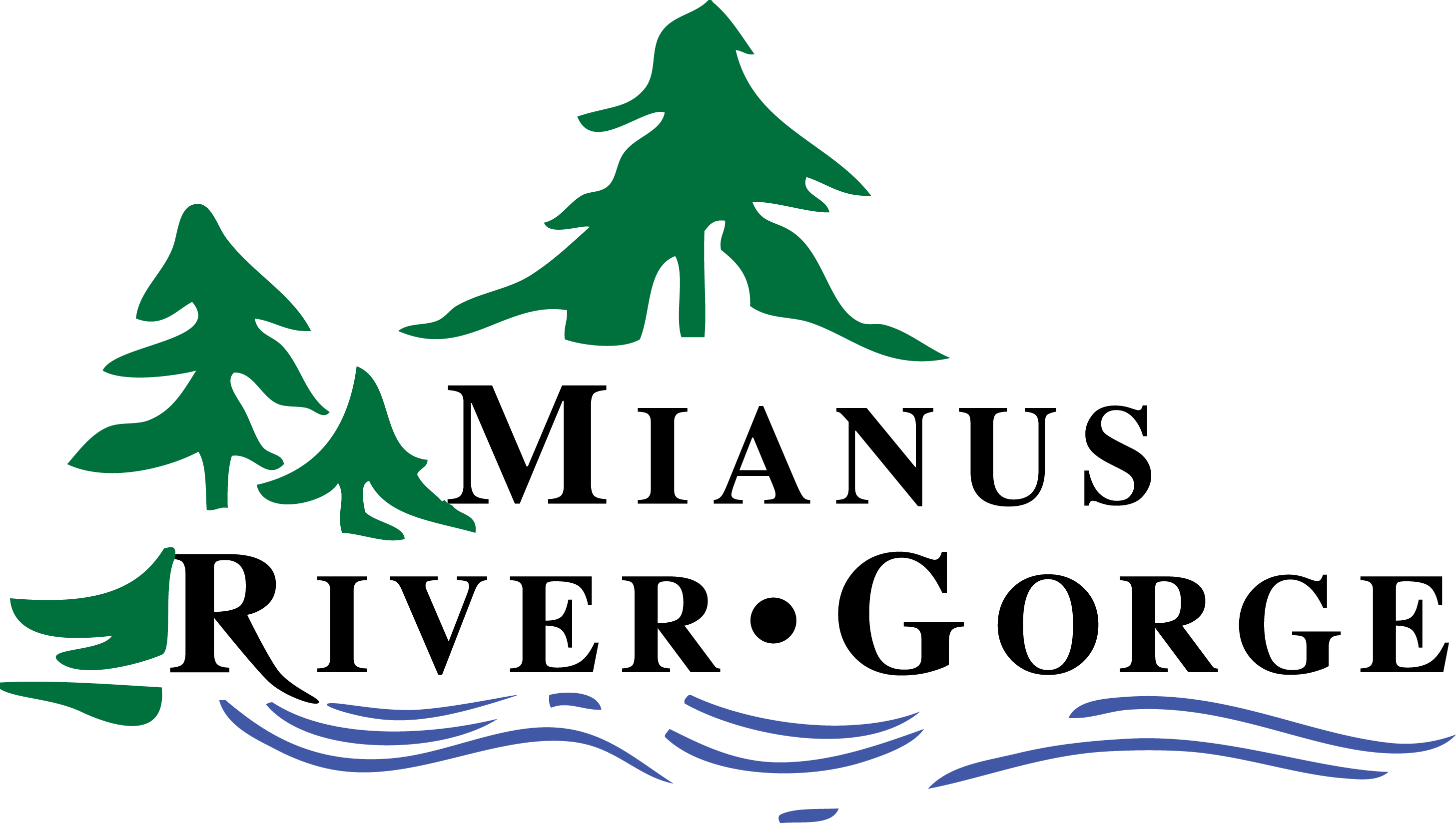A major component of the Mianus River Gorge strategic management plan is invasive species control. The task of eradicating invasive vines, plants, and other pests, such as the hemlock woolly adelgid, seems endless. However, MRG remains optimistic that many can and will be controlled, and others may become naturalized over time.
In the meantime, Mianus River Gorge has approached the challenges presented by a wide variety of invasive species in a number of ways:
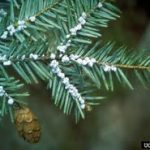
Hemlock Woolly Adelgid
MRG embarked on a two-year campaign to save the ancient hemlocks in the forest from a destructive, aphid-like insect, the hemlock woolly adelgid that literally sucks the life out of a tree. After careful consideration and consultation with Cornell Cooperative Extension, MRG contracted with a DEC-certified chemical applicator to spray the bark of infected trees to kill both adelgid and hemlock scale, a second pest. We have treated over 1,400 trees to date, and the trees appear to be healthier. The treatment lasts for up to seven years, so in the interim, MRG is evaluating biocontrols that prey on the adelgid and could keep it under control naturally.
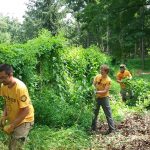
NYS DEC Invasive Species Rapid Response & Control
MRG is in the second year of a three-year grant from the New York State Department of Environmental Conservation to respond to and control outbreaks of several invasive species on their target list. With funding from DEC, we engaged the Invasive Task Force Crew to help with efforts to remove Japanese barberry, Mile-a-minute vine, and other invasives from the old-growth forest.

Invasives ID Walk
Director of Land Management Budd Veverka led a group of visitors to the Gorge on a walk to identify the invasive species that are of particular concern to the Gorge and to homeowners. The list of invasive plants is as long as Mile-a-minute vine can grow in a day and includes Oriental bittersweet, winged euonymus, Japanese barberry, mugwort, phragmites, garlic mustard, allanthus, bishops weed, and more.

College Internship in Suburban Ecology (CISE)
Each summer MRG hosts four college-age students who work on applied-ecology research projects and help staff with the day-to-day management of the Preserve. This includes some days spent pulling vines and other invasive species. Interns help replace the removed invasives with native wildflowers and other herbaceous plants in the deer exclosures and other areas in the Gorge. MRG staff, interns, and volunteers spent over 300 combined hours removing invasive plants and vines from in and around the Preserve.
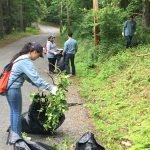
Volunteer Days
In addition to scheduled Volunteer Days, MRG hosts corporate groups who volunteer to spend a day at the Gorge helping with a variety of projects. This year, several groups from Xylem came and helped pull Oriental bittersweet, winged euonymus, and several other species from along the side of the road to prevent them from spreading into the Preserve. MRG is grateful to the volunteers who donated their time and effort to help us get ahead of the invasives curve.
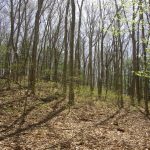
Land Acquisitions
Mianus River Gorge has been fortunate to acquire several parcels of land over the past several months that will now be preserved and protected in perpetuity. Some parcels are in better condition than others, so MRG begins with a survey of flora to determine the relative health of the land. MRG develops a stewardship plan for each property to determine how serious an invasives problem may be and how best to tackle it. We also look for the presence of native wildflowers, plants, shrubs, and trees and endeavor to keep them healthy.
PRISM
MRG partners with Partnership for Regional Invasives Species Management, an organization that conveys awareness of invasive species in the Lower Hudson region and provides solutions for tackling them. PRISM organizes the Invasive Task Force Crew that is available to help organizations like ours accomplish a lot more than we’d otherwise be able to. Thanks to the DEC grant mentioned above, MRG will continue to engage the Crew for the next couple of years.

Invasives Management Plan
Openings in the canopy have allowed invasive species to flourish, out-competing native wildflowers, shrubs, and trees. Over the summer, Matt Gomes, a student at Worcester Polytechnic Institute, and Eric Cioci, a graduate of Stamford High School and current student at the University of Rochester, assessed forest openings in the old-growth hemlock forest and its upland buffer. They cataloged 54 forest openings and began management efforts on 13, which included planting 500 hemlock trees and fast-growing tulip trees.
Invasive species management is an ongoing part of properly stewarding Mianus River Gorge Preserve and the other land we protect. Thank you for your support of our efforts.
